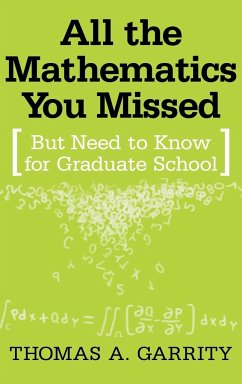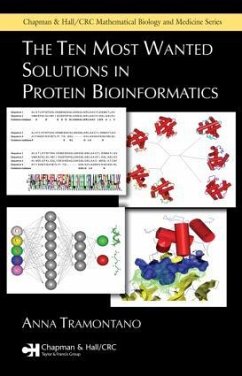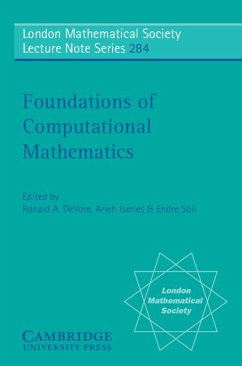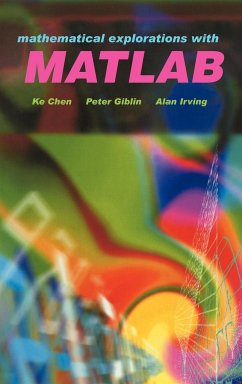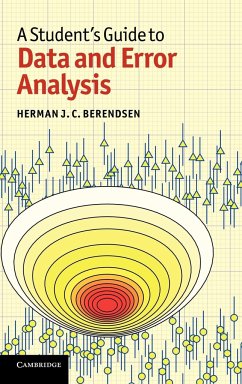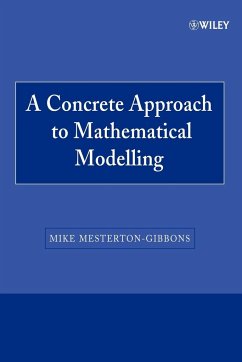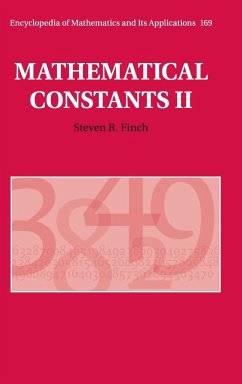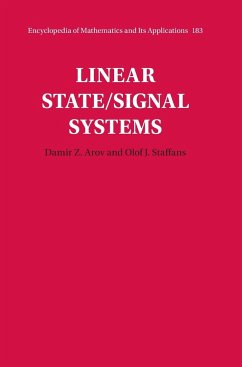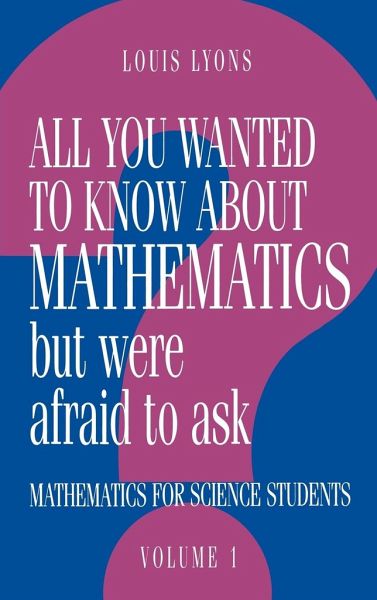
All You Wanted to Know about Mathematics But Were Afraid to Ask
Volume 1: Mathematics Applied to Science
Versandkostenfrei!
Versandfertig in 1-2 Wochen
152,99 €
inkl. MwSt.
Weitere Ausgaben:

PAYBACK Punkte
76 °P sammeln!
Why is the square root of minus one relevant to electrical circuits? Can geometry be used to solve problems in the physical sciences? How could you help a being on a distant planet distinguish left and right? With a clear understanding of mathematics, these questions can be solved. But in many textbooks, mathematical proofs and techniques cloud the issue of understanding the physical principles. This book shows why particular techniques are useful by providing clear and full explanations. The aim is to convey a deeper appreciation of mathematical methods that are applicable to physics and engi...
Why is the square root of minus one relevant to electrical circuits? Can geometry be used to solve problems in the physical sciences? How could you help a being on a distant planet distinguish left and right? With a clear understanding of mathematics, these questions can be solved. But in many textbooks, mathematical proofs and techniques cloud the issue of understanding the physical principles. This book shows why particular techniques are useful by providing clear and full explanations. The aim is to convey a deeper appreciation of mathematical methods that are applicable to physics and engineering. A wide range of real physical problems are discussed. The author has thirty years experience of teaching mathematics to undergraduates. This book is based on the explanations he has found to be most successful in teaching.
Table of contents:
Preface; 1. Simultaneous equations; 2. Three-dimensional geometry; 3. Vectors; 4. Complex numbers; 5. Differential equations; 6. Partial derivatives; 7. Taylor series; 8. Lagrange multipliers; Appendix 1. Basic techniques; Appendix 2. Useful formulae.
Aims to make students feel at home with mathematics as applied to science, without fogging the issues with a plethora of formal proofs.
Practical and entertaining maths for science, addressing the real world rather than dry theorems.
Table of contents:
Preface; 1. Simultaneous equations; 2. Three-dimensional geometry; 3. Vectors; 4. Complex numbers; 5. Differential equations; 6. Partial derivatives; 7. Taylor series; 8. Lagrange multipliers; Appendix 1. Basic techniques; Appendix 2. Useful formulae.
Aims to make students feel at home with mathematics as applied to science, without fogging the issues with a plethora of formal proofs.
Practical and entertaining maths for science, addressing the real world rather than dry theorems.





